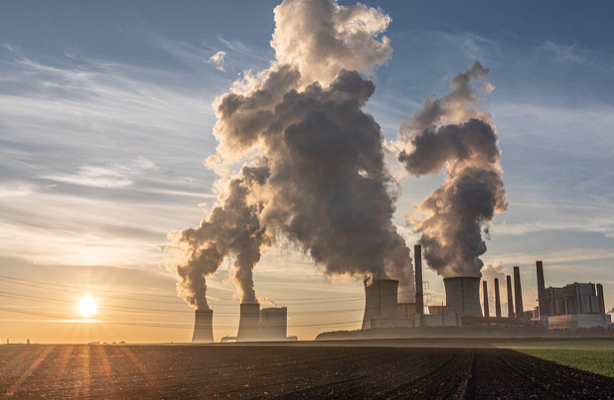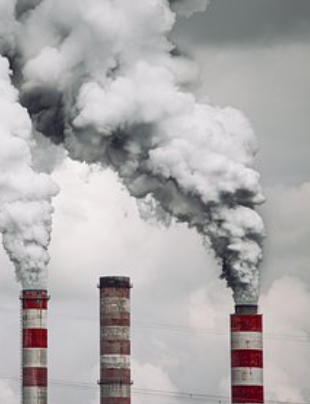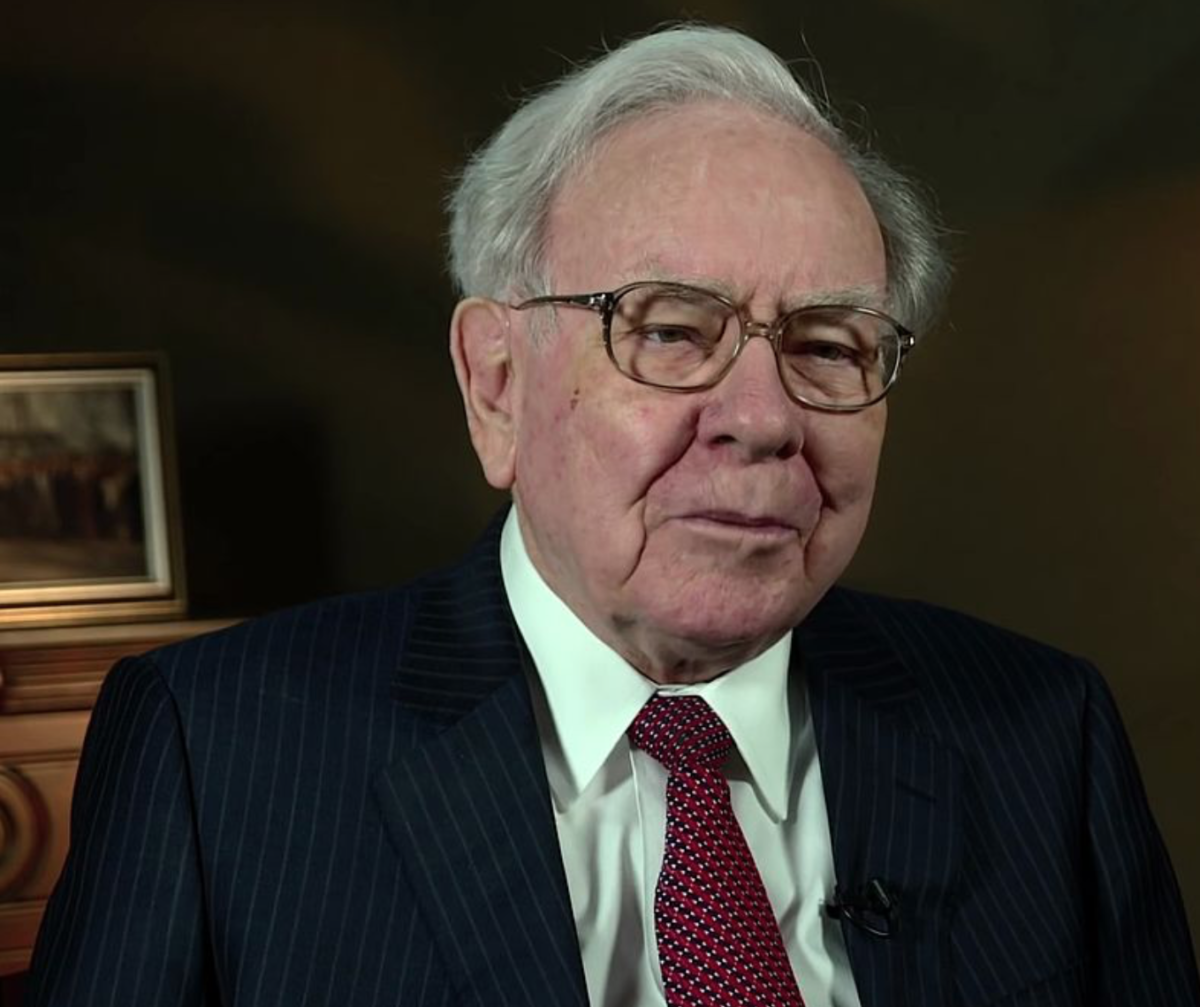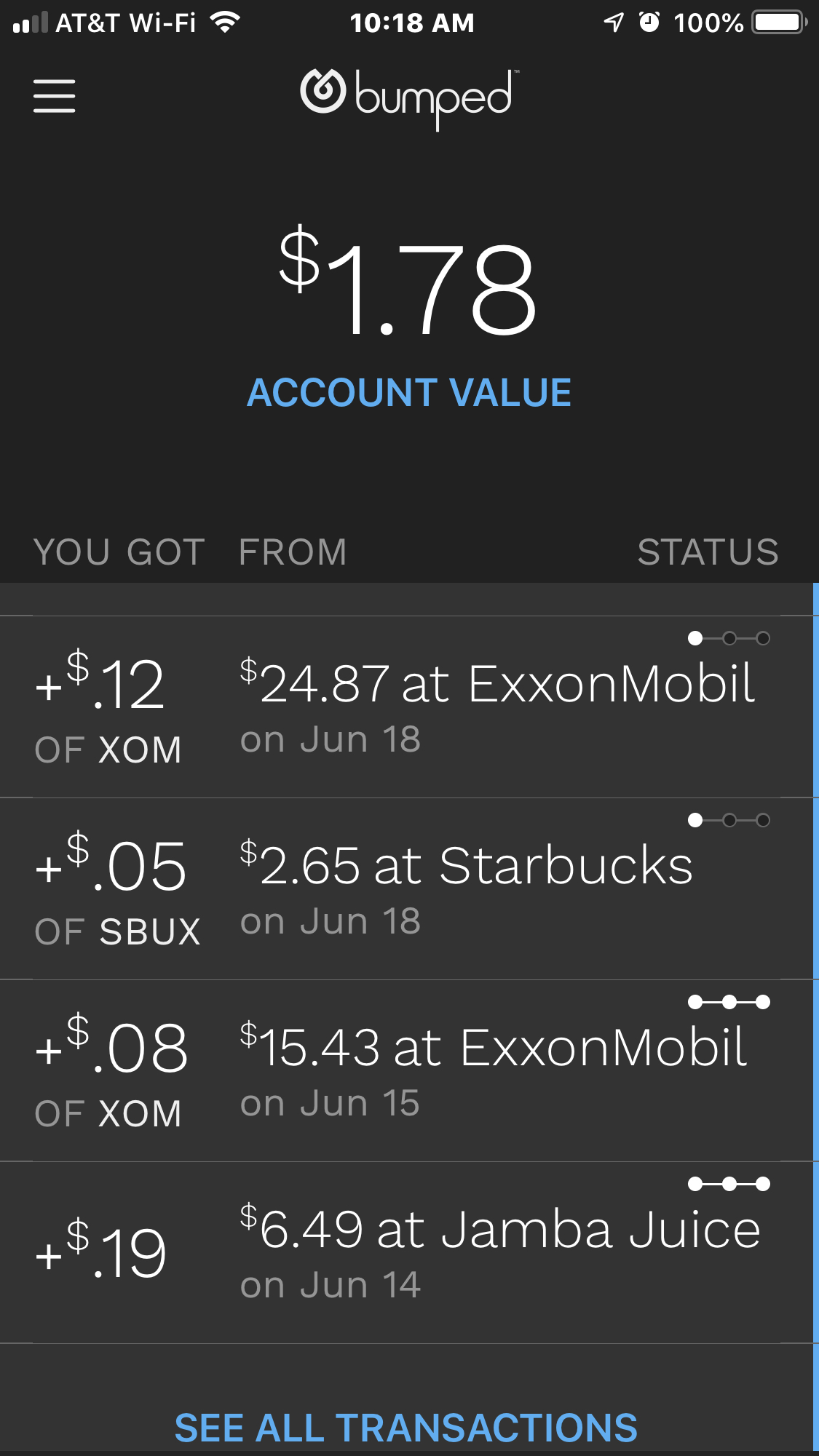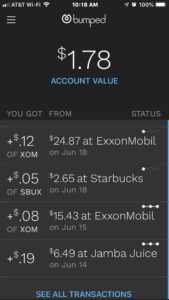by Fred Fuld III
Warren Buffett, renowned as the Oracle of Omaha, is celebrated for his long-term investment strategy, which often centers around high-quality, dividend-paying stocks in the Berkshire Hathaway (BRK-A) (BRK-B) portfolio. While Buffett’s portfolio encompasses a diverse array of investments, several high-yield stocks have consistently stood out. Listed below are three of his highest yielding stocks in his portfolio.
Kraft Heinz Company (KHC)
The dividend yield for The Kraft Heinz Company (KHC) stands at 4.59%. With a payout ratio of 68.83%, close to 69% of KHC’s earnings are disbursed to shareholders through dividends. KHC’s annual dividend payout amounts to $1.60 per share. The Price to Book ratio is an excellent 0.86, and the Price to Sales ratio is right in the mid range at 1.71, but the Price to Earnings Growth ratio (PEG ratio) is on the high side at 3.55. The stock makes up 3.47% of Berkshire’s total portfolio.
The ex-dividend date for The Kraft Heinz Company (KHC) is March 7, 2024. Investors purchasing shares on or after this date will not qualify for the upcoming dividend payment. The company follows a quarterly dividend payment schedule, with the next distribution planned for March 29, 2024.
CLICK HERE FOR DIVIDEND HISTORY
Coca-Cola Company (KO)
The dividend yield for The Coca-Cola Company (KO) currently stands at 3.26%. With a payout ratio of 74.22%, approximately three-quarters of KO’s earnings are allocated to shareholders in the form of dividends. Coke’s annual dividend payout amounts to $1.94 per share. The Price to Book ratio is on the very high side at 9.88. The Price to Sales ratio is also very high at 5.56, along with the Price to Earnings Growth ratio (PEG ratio) at 3.88. The stock currently makes up 6.79% of Warren Buffett’s total portfolio.
The ex-dividend date for The Coca-Cola Company (KO) is March 14, 2024. Investors purchasing shares on or after this date will not qualify for the forthcoming dividend payment. The company follows a quarterly dividend payment schedule, with the next distribution scheduled for April 1, 2024.
CLICK HERE FOR DIVIDEND HISTORY
Chevron Corporation (CVX)
The dividend yield for Chevron Corporation (CVX) currently sits at 4.35%. CVX has a payout ratio of 53.05%. Slightly more than half of CVX’s earnings are allocated to shareholders in the form of dividends The annual dividend payout amounts to a whopping $6.52 per share. The Price to Book ratio is a reasonable 1.74. The Price to Sales ratio is right in the mid range at 1.41, but the Price to Earnings Growth ratio (PEG ratio) is on the low side at an excellent 0.81. The company represents 5.41% of Berkshire Hathaway’s total portfolio.
The ex-dividend date for Chevron Corporation (CVX) is February 15, 2024. Investors purchasing shares on or after this date will not qualify for the upcoming dividend payment. The company follows a quarterly dividend payment schedule, with the next distribution planned for March 11, 2024.
CLICK HERE FOR DIVIDEND HISTORY
Overall, high-yield stocks play a crucial role in income generation, portfolio diversification, and long-term wealth accumulation strategies, making them important considerations for investors with varying financial goals and risk tolerances.
Remember, as a rule of thumb, if the P/B ratio, the P/S ratio, and the PEG ratio, is below one, that is good, if it is between one and two is considered average, and above two, it may be on the high side. Some of these ratios may be irrelevant for high growth stocks.
Stay ahead of the game and subscribe to our newsletter now to unlock the hottest investment opportunities!


